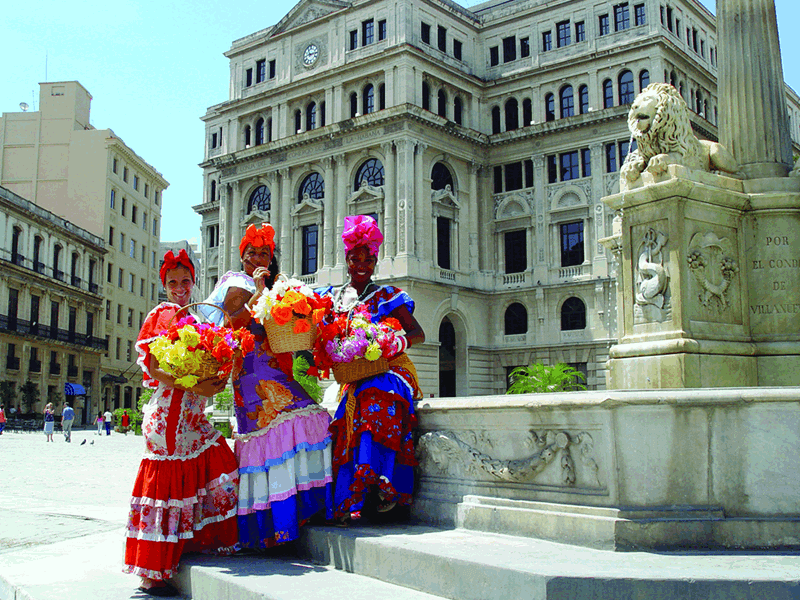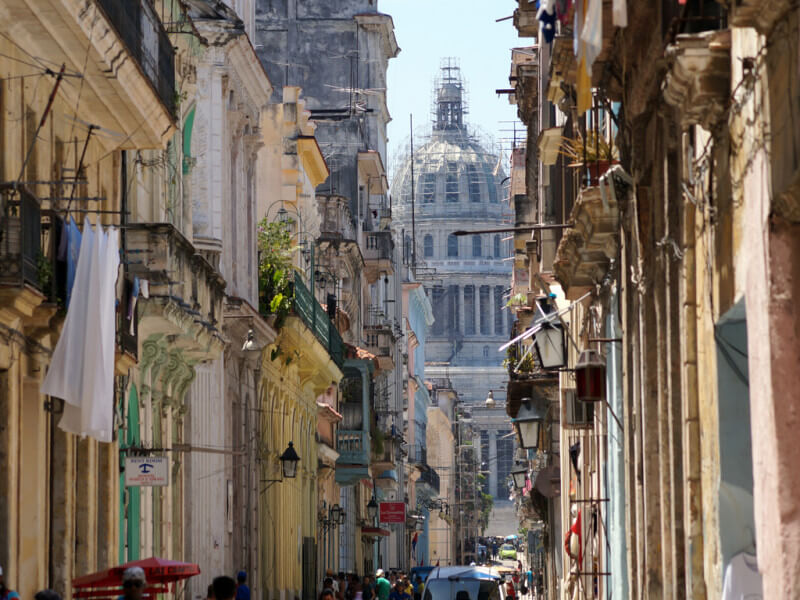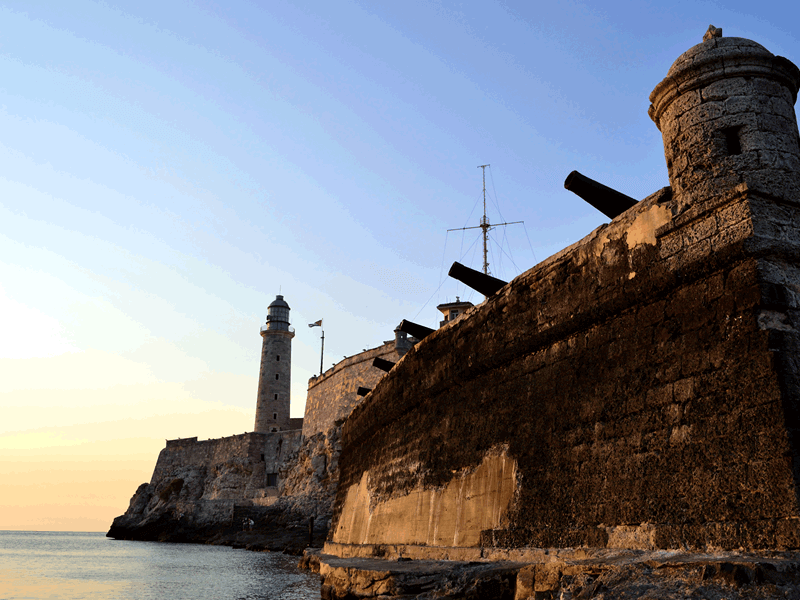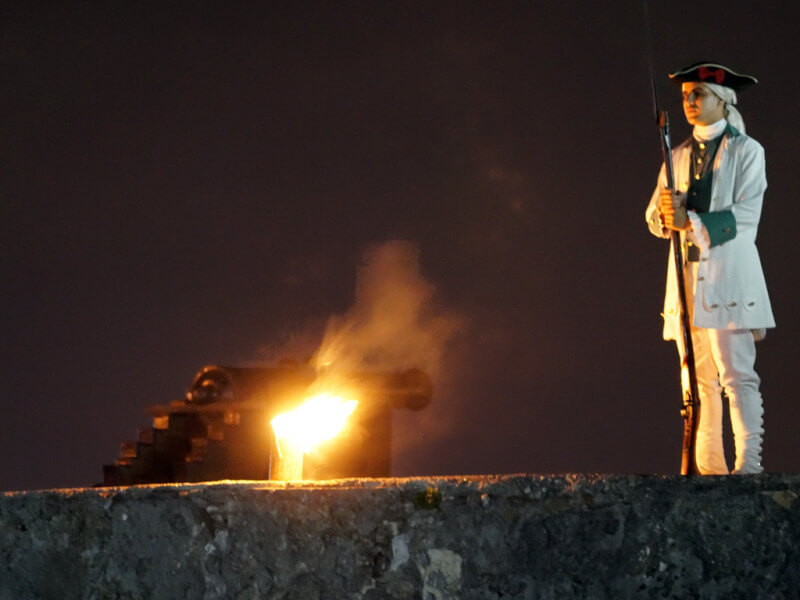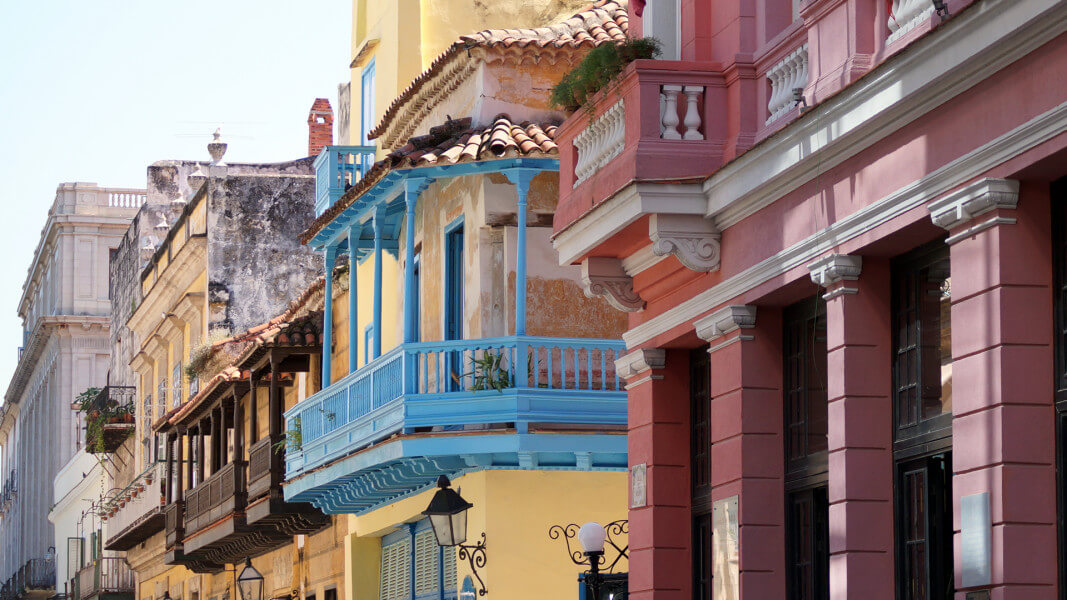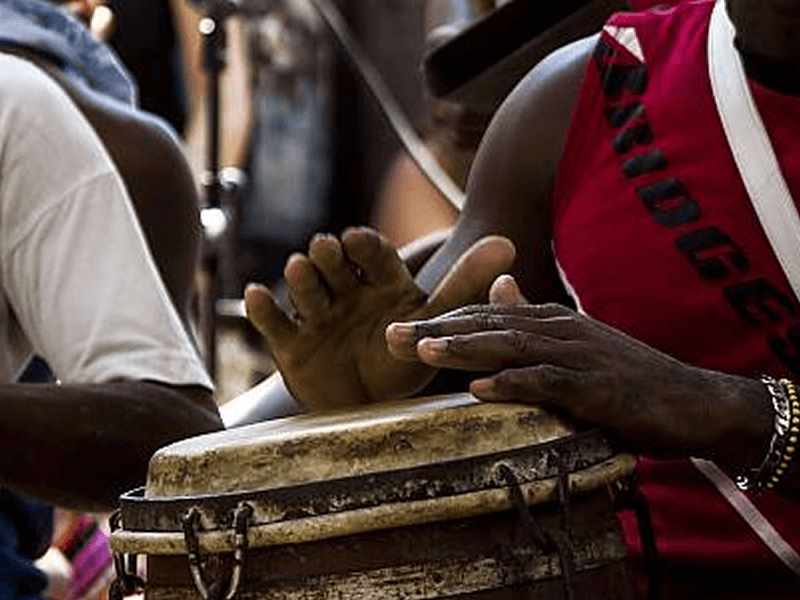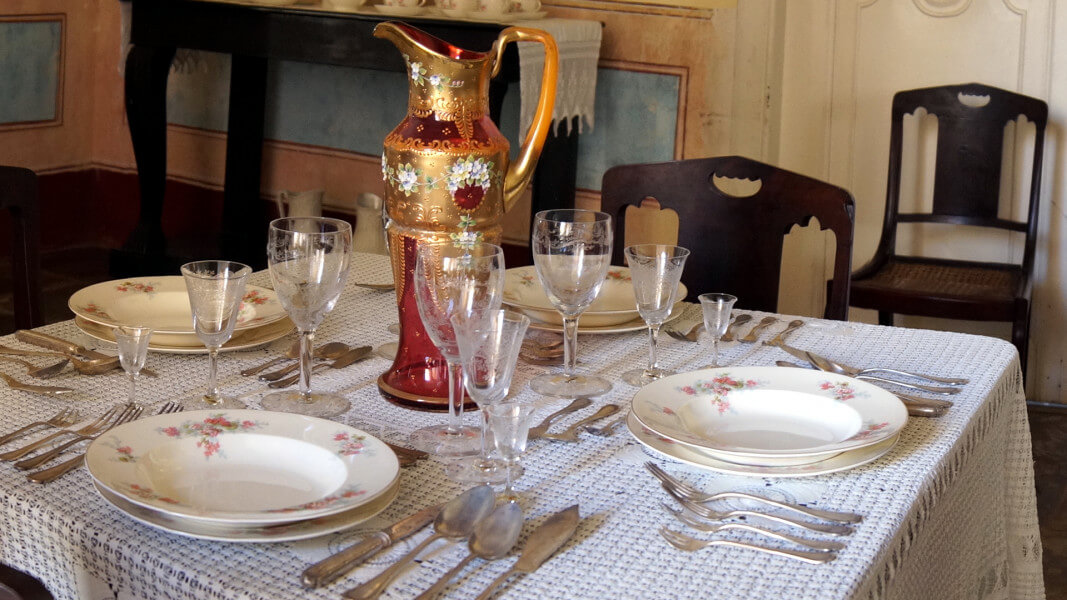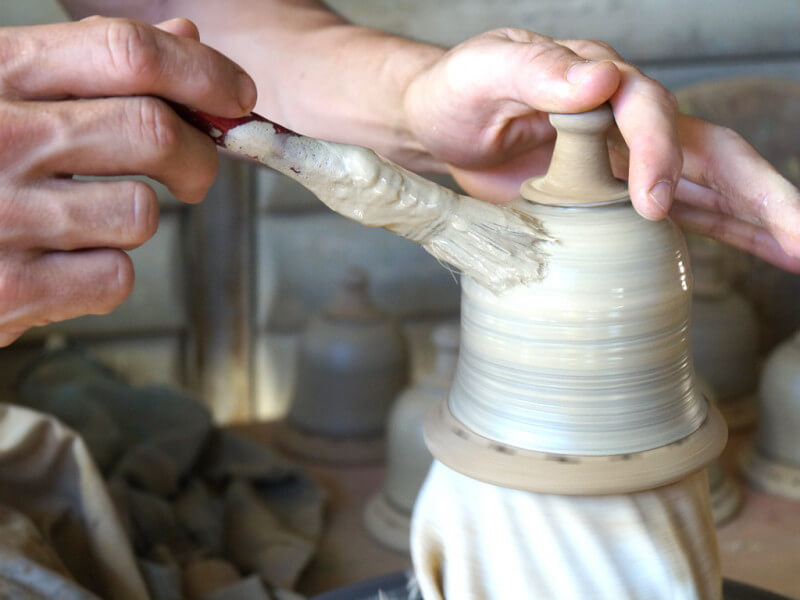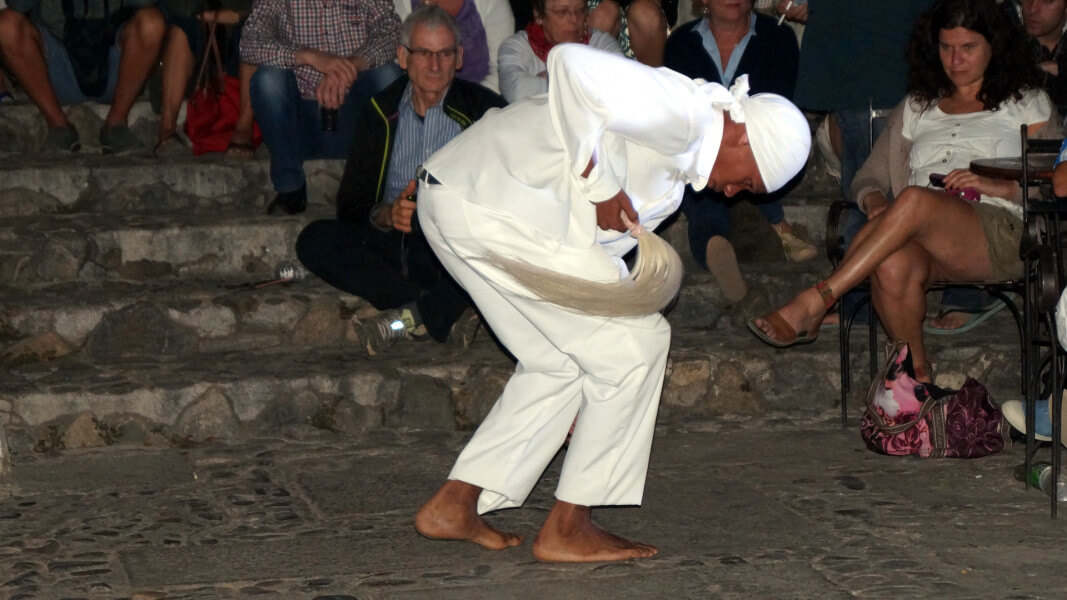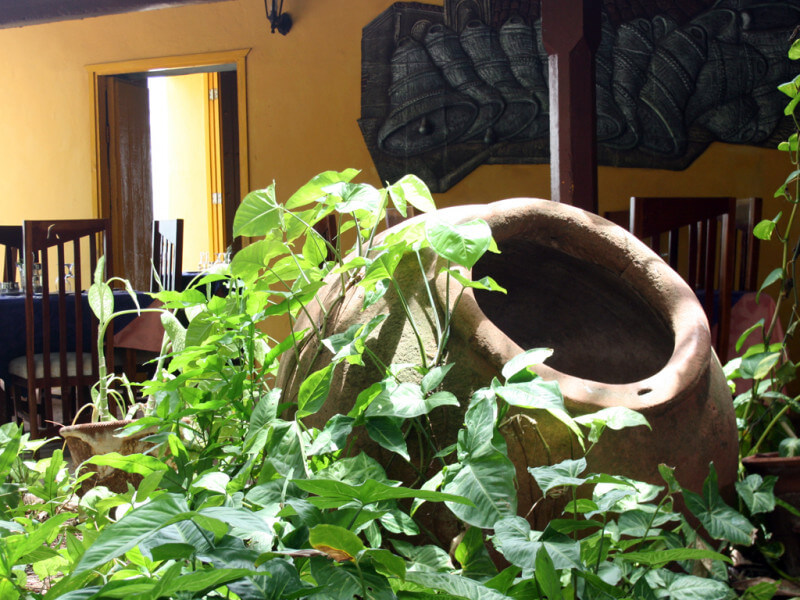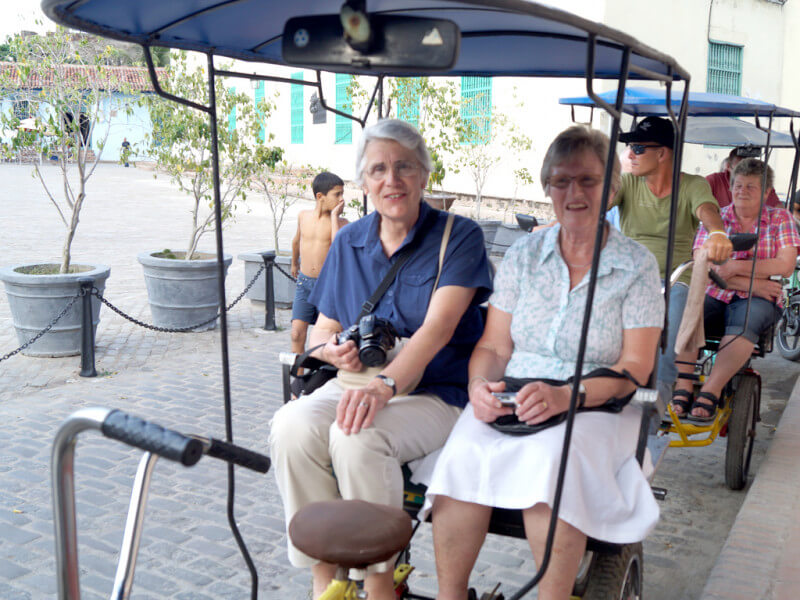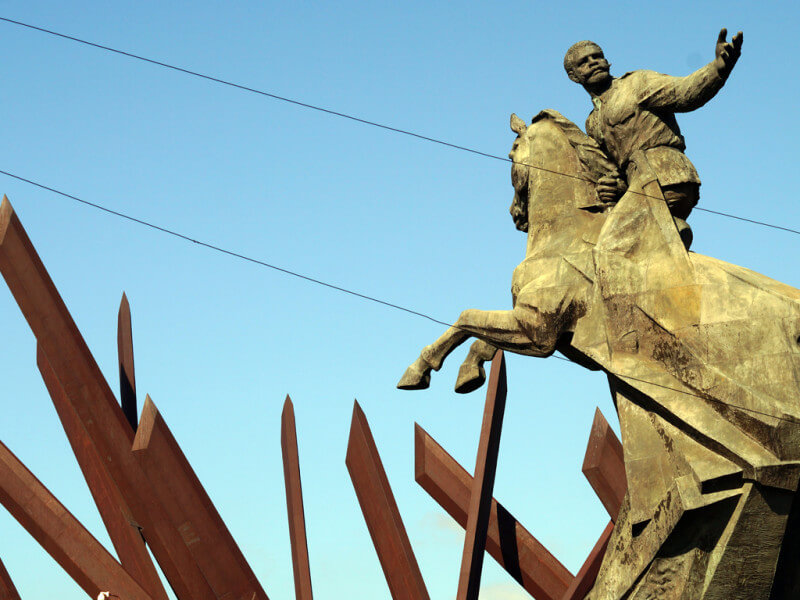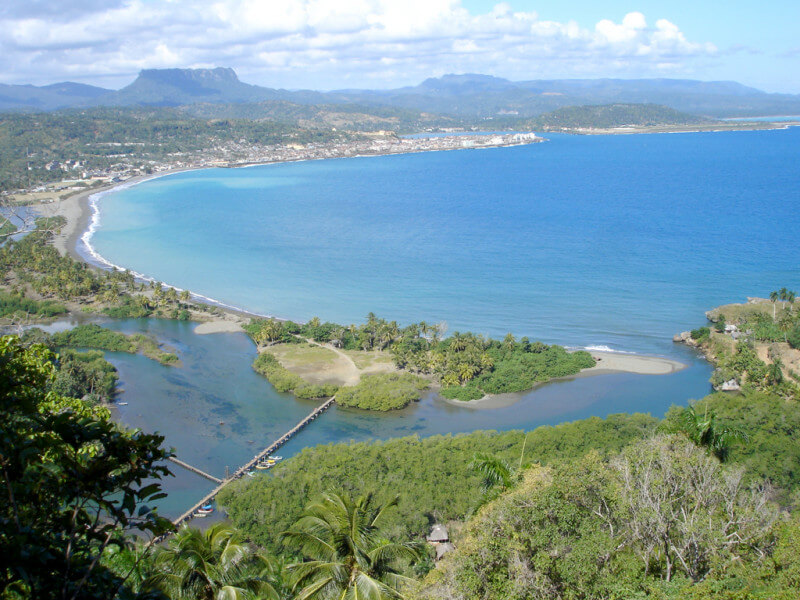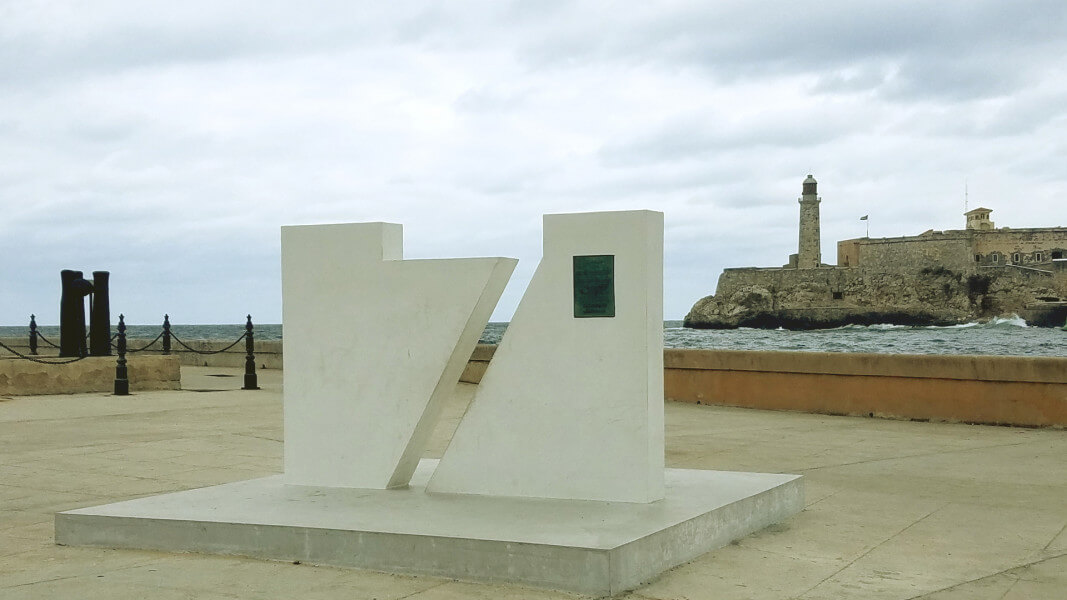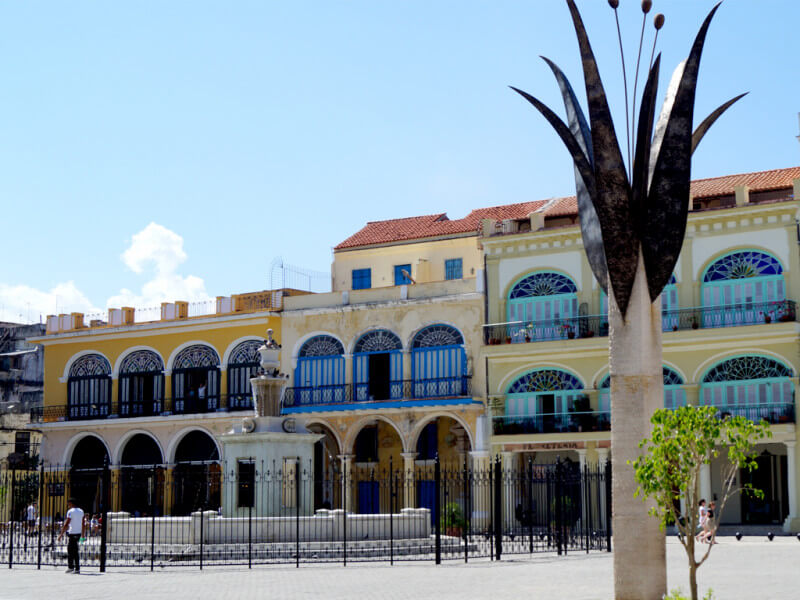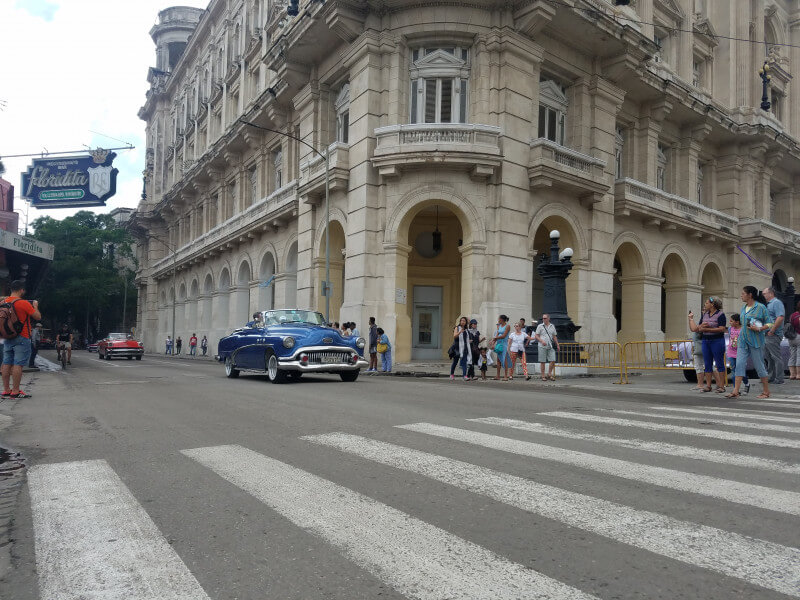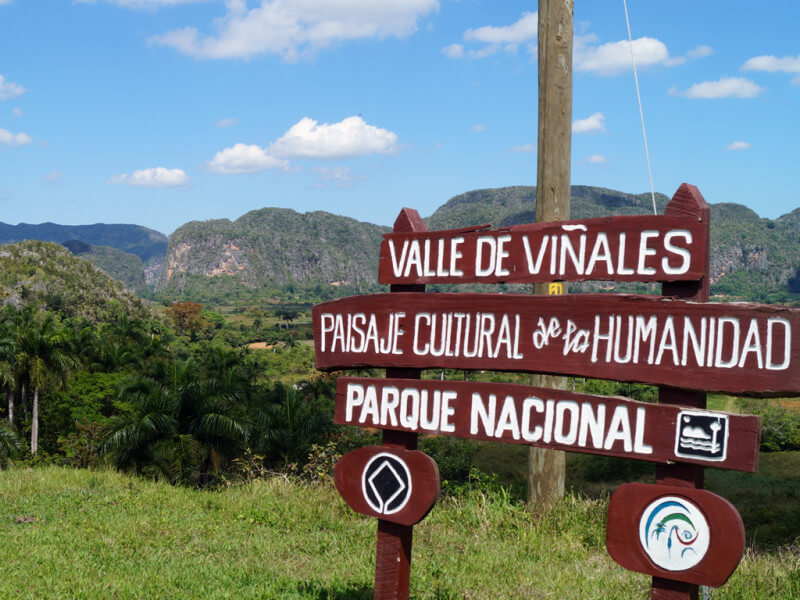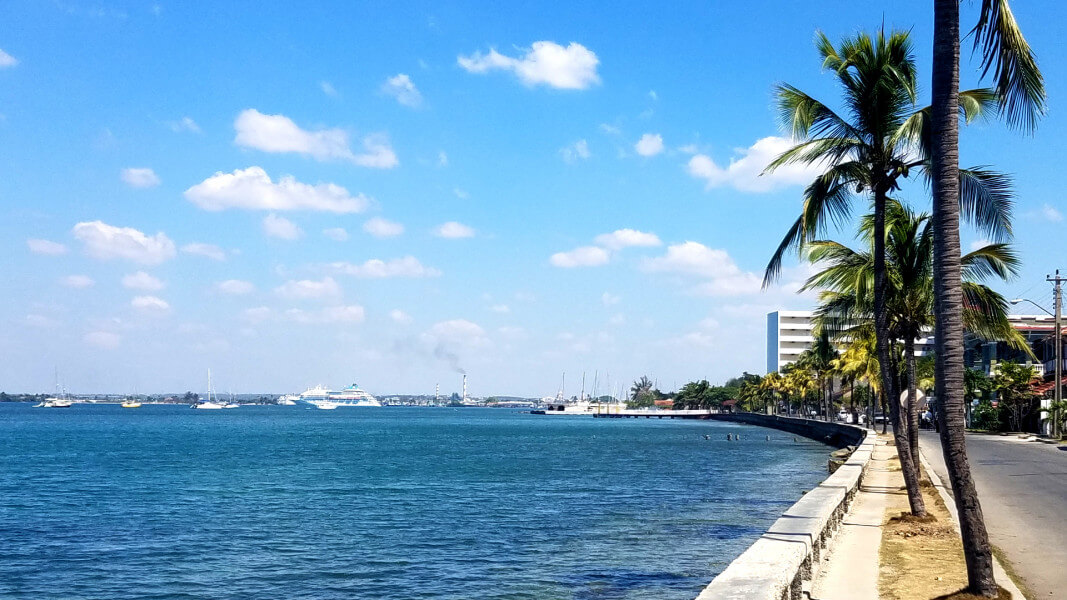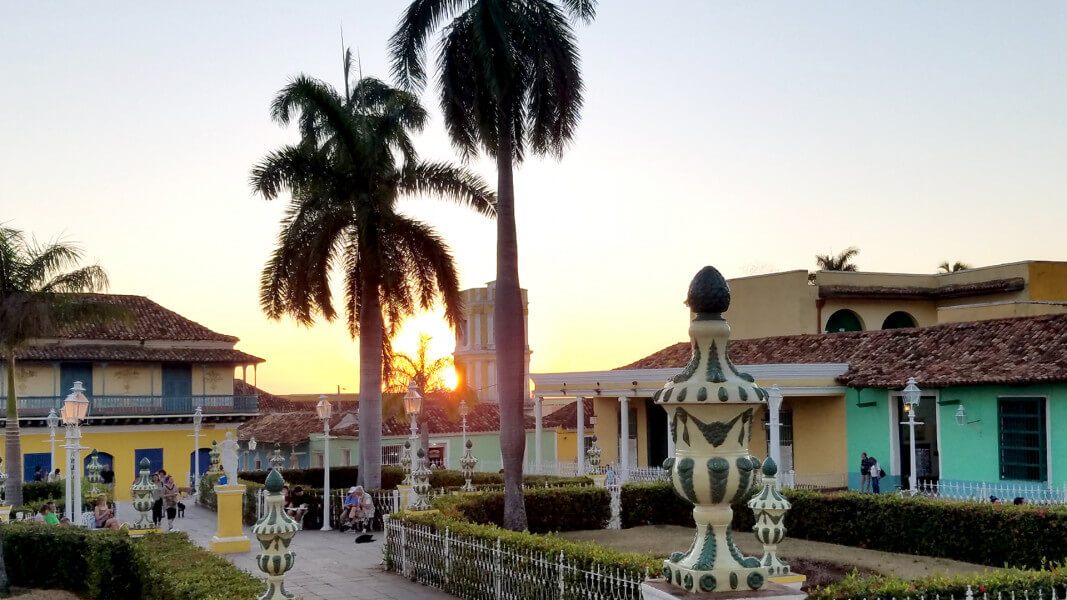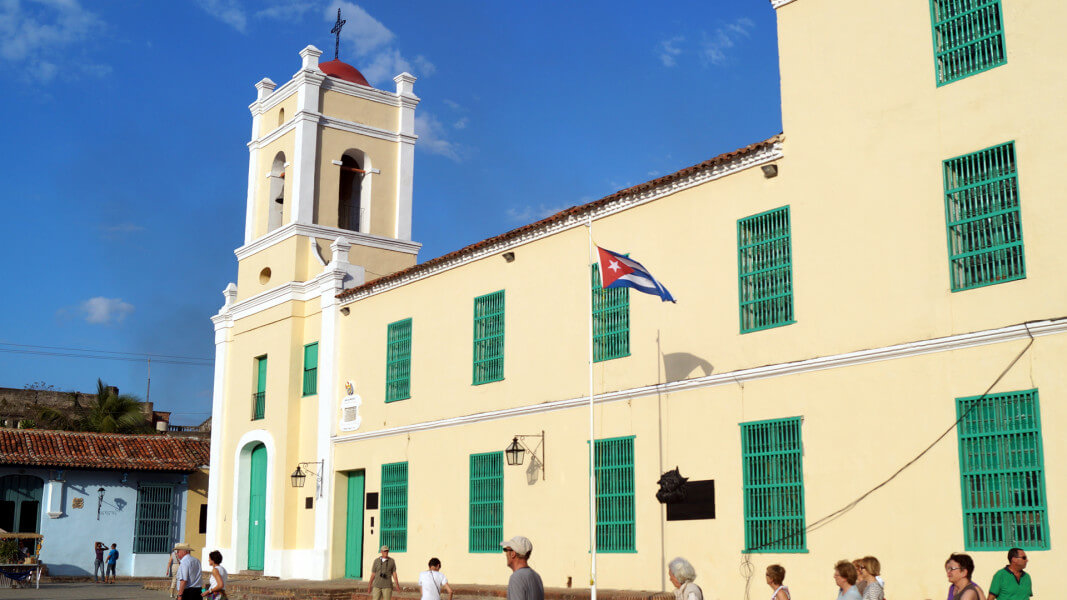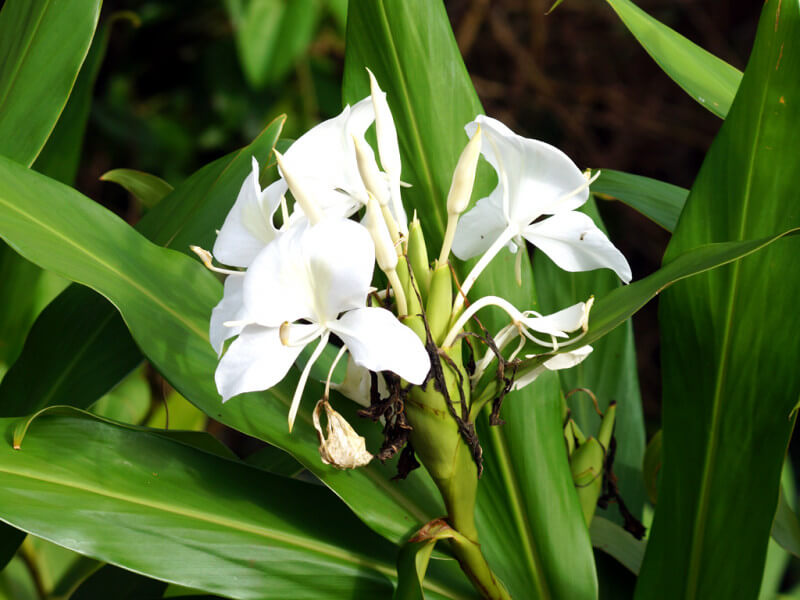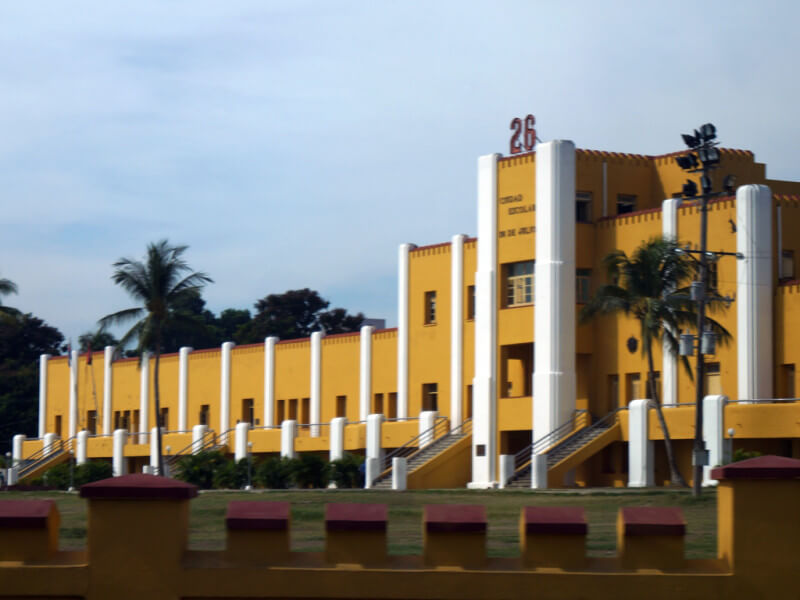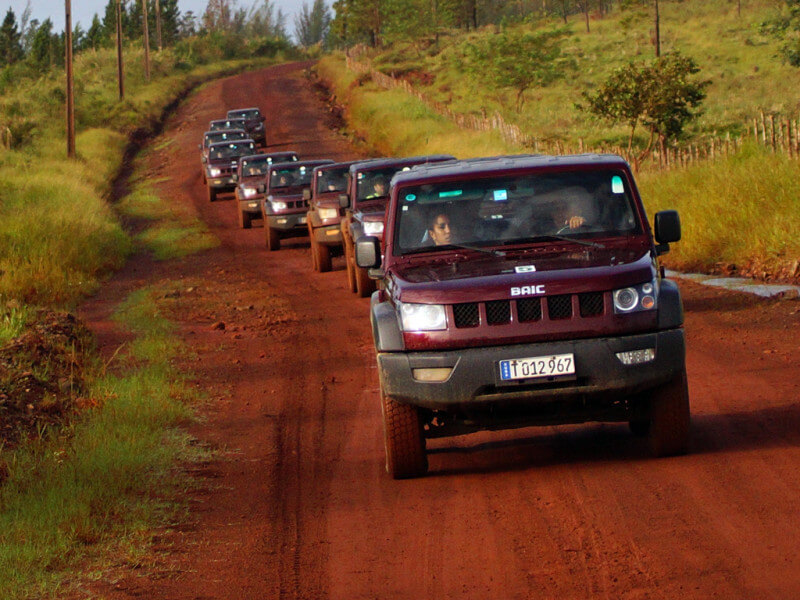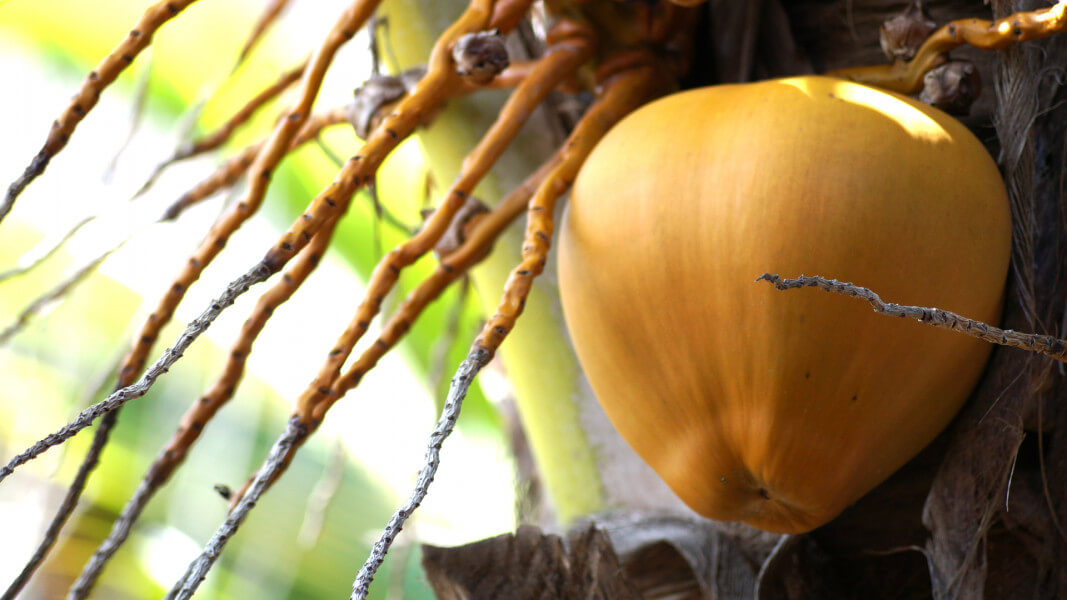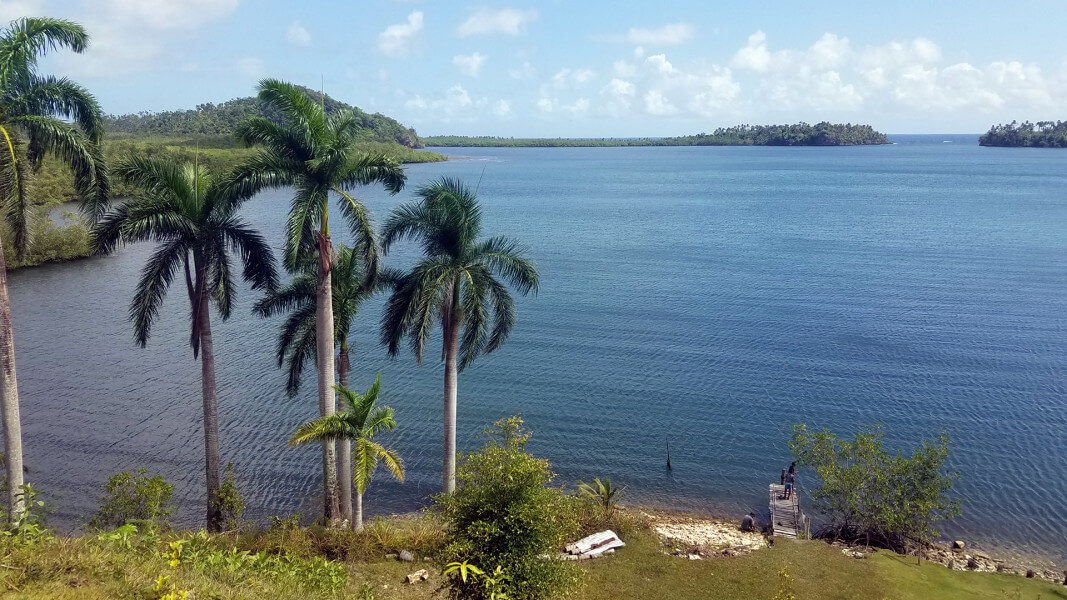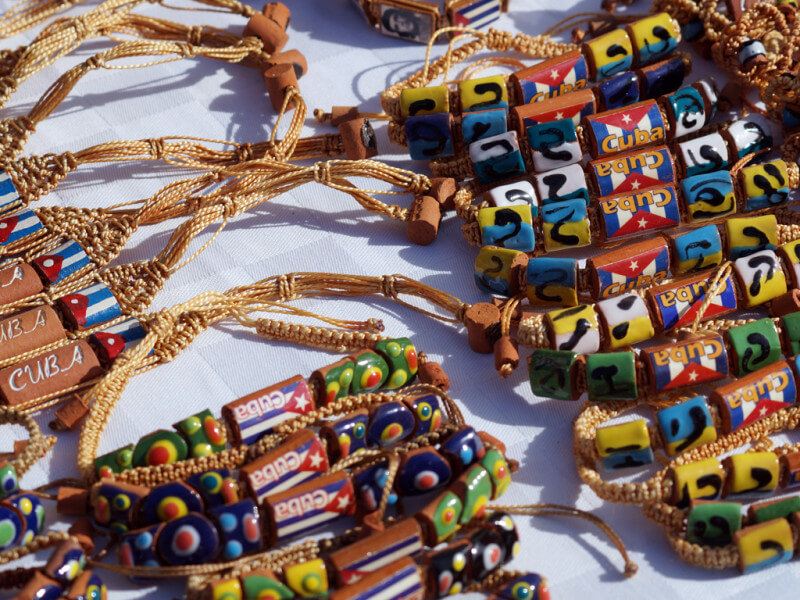The colonial town of Cienfuegos was founded in 1819 in the Spanish territory but was initially settled by immigrants of French origin. It became a trading place for sugar cane, tobacco and coffee. Situated on the Caribbean coast of southern-central Cuba at the heart of the country’s sugar cane, mango,
tobacco and coffee production area, the town first developed in the neoclassical style. It later became more eclectic but retained a harmonious overall townscape. Among buildings of particular interest are the Government Palace (City Hall), San Lorenzo School, the Bishopric, the Ferrer Palace, the former lyceum, and some residential houses. Cienfuegos is the first, and an outstanding example of an architectural ensemble representing the new ideas of modernity, hygiene and order in urban planning as developed in Latin America from the 19th century.
Highlights:
• Visit to the farm Fiesta Campesina, lunch and peasant party (Guateque Campesino)
Inscribed on the Representative List of the Intangible Cultural Heritage of Humanity, Punto Cubano, is the poetry and music of Cuban farmers, consisting of a tune or melody over which a person sings an improvised or learned stanza of ten octameter verse lines, with a rhyming scheme. There are two main variants of Punto: punto libre, a tune of free metre; and punto fijo, which can be in key or crossed. Throughout history, the element has typically been practiced in the countryside, though variants now exist throughout the rest of the population. Punto is an essential element of Cuban intangible cultural heritage open to all, which promotes dialogue and expresses the feelings, knowledge and values of the communities concerned. Knowledge and techniques related to the practice are transmitted from one generation to the next, with one key method of transmission being based on imitation. A teaching programme is also organized in Houses of Culture across the country, involving workshops taught by bearers and practitioners of the element. Seminars, workshops, contests, festivals and events aimed at safeguarding and revitalizing Punto are organized throughout the country and an occupational category has now been assigned to the work of the practitioners and bearers, turning this into a way of living for many.
• Sightseeing through the Urban Historic Centre of Cienfuegos, a part of World Heritage of Unesco
• Accommodation with breakfast included in a urban hotel (BB)
Read more
Cienfuegos 1N | HB

